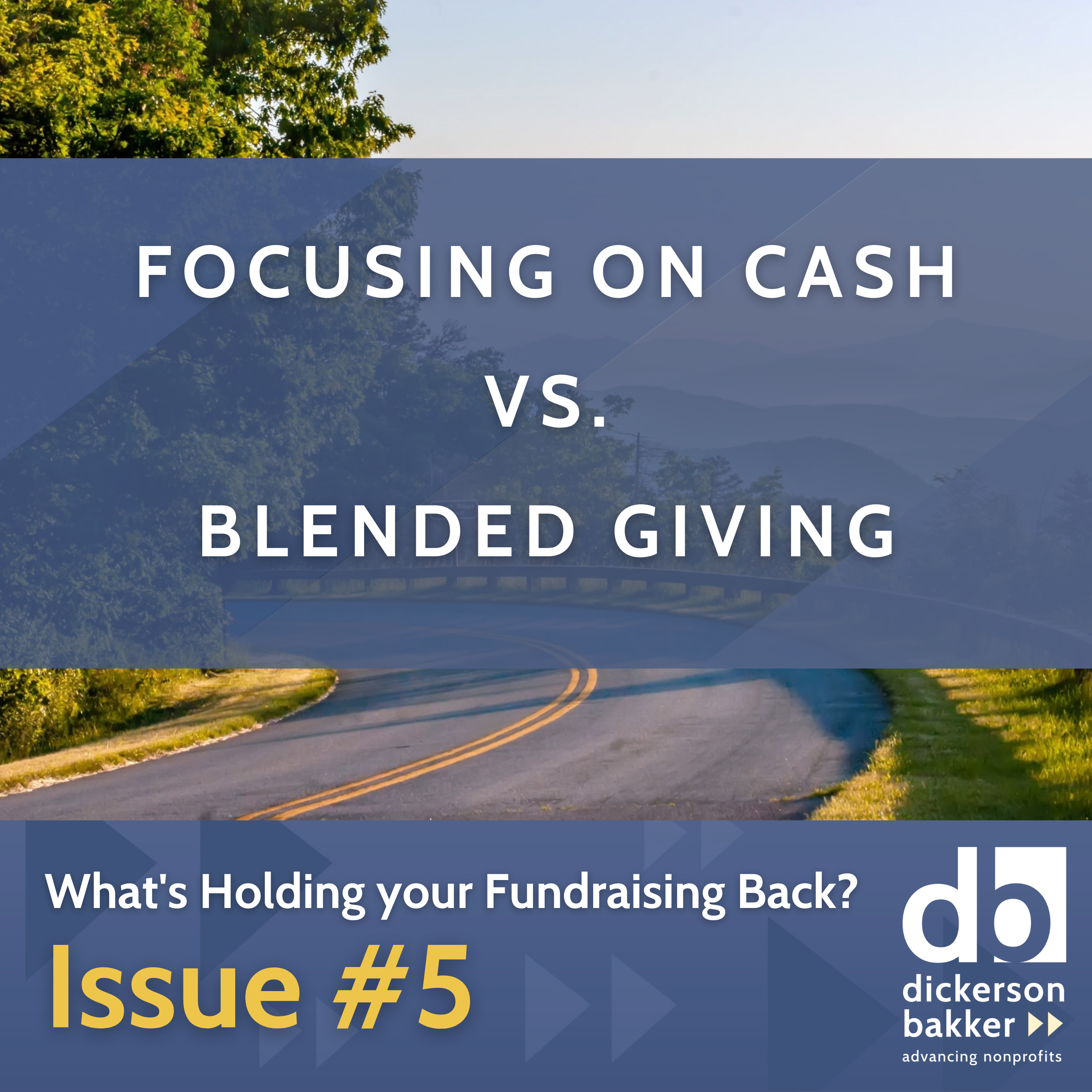Too many nonprofit leaders tell us they can’t move forward because their fundraising is stuck in neutral. They know there’s a better way. Our team has identified some of the most common issues that hold organizations back from achieving their full potential in fundraising. Over the course of this series of articles, we review each in turn.
According to Pew Charitable Trust, the aggregate wealth of middle-income Americans has declined by more than 47% in the last 50 years, while lower-income Americans have seen minimal change in their wealth, and upper-income households have seen massive increases in their aggregate wealth over the same period.
Wealth is consolidating in the upper 2% of the American population faster than ever before, and at an unprecedented scale.
The reason this is important for fundraisers and nonprofit leaders is because those middle-income Americans who have lost half of their aggregate wealth in the last five decades are the people who make up the majority of nonprofit charitable donors.
On top of that, according to Dr. Russell James, Ph. D., at Texas Tech University, while 90% of wealth in the U.S. is held in assets other than cash. Those assets are things like:
- Donor Advised Fund Accounts
- Individual Retirement Accounts
- Stocks, Bonds, and Crypto
- Real Estate and other Real Property
- Closely Held Business Equity
But the majority of charitable organizations continue to only ever solicit their donors to give from their cash accounts (i.e., checkbook and credit card), where only 10% of all U.S. wealth is held.
With roughly 1.6 million U.S. charities alone, the competition for donor dollars is significant.
And the people most likely to be solicited by the majority of these charities have experienced massive decline in their capacity to give.
Instead of trying to expand the revenue pie, we’ve become complacent as a sector in simply fighting with one another for a shrinking piece of that already anemic 10% of the pie.
But it doesn’t have to be like that. There’s a better way.
Here are some simple ways you can start to expand the revenue pie for your organization and encourage supporters to give more from their assets (where the majority of their wealth is), instead of from their already taxed cash accounts.
1. Write a letter sharing with your supporters about the impact that giving from their assets can have on both them (i.e., tax advantages) and on your organization (i.e., more dollars directly to the mission!). In that letter, give them clear and concise direction on how to execute an asset-based transaction.
2. Begin including language in your appeals, emails, newsletters, and other regular communications inviting your donors to give from assets and explaining in simple terms what the impact can be (for you and them!).
3. Append age data to your donor file and send a special IRA contribution letter to donors who are age 70 or older, inviting them to maximize their tax advantages by giving you a larger gift from their IRA.
4. Add a DAF Widget to your website (we like the option from MarketSmart), and send a special email series encouraging donors to consider giving to you from their Donor Advised Fund.
5. Send an annual or seasonal donor survey that encourages donors to consider making a testamentary gift to your organization in their will or estate plan.
6. Model your donors, volunteers, and other constituents for wealth and inclination. Once you’ve identified those who have the highest capacity and connection with your cause, send them a postcard series asking them to consider giving to you through their Donor Advised Fund for the first time.
7. When a donor gives to you through their DAF or a stock transfer, etc., don’t just revert to asking them for cash gifts in future conversations and solicitations. Instead, mark their donor record and send them a special version of your solicitations that invite them to make an additional gift from their asset vehicle of choice.
8. Tell stories in your print and email newsletters about donors who have included you in their estate plans and who have given you gifts from their Donor Advised Fund, stock transfers, and IRA contributions.
9. Include a “Ways to Give” document in all of your Mid-level and Major Gift proposals. When negotiating a major gift, assume that your donors will want to give to you via an alternative asset, and ask them if there is a specific asset that they’d like to consider using to complete the gift they are considering.
10. Create a special matching gift pool to encourage donors to give to you from their assets for the first time. Instead of a dollar-for-dollar match, consider a structure where any new asset-based gift will have $500 or $1,000 added to it, until the match total is exhausted.
At DickersonBakker we build asset gift marketing campaigns for ministries and other charitable partners. We also integrate all of the strategies listed above into the core direct response, Mid-level, and major gift programs that we build and run. We’ve seen these strategies and tactics unleash millions of additional dollars for mission impact.
If you’d like to talk with us about how we can help your organization and your donors think differently about funding your critical mission, why not reach out and start a conversation today?


